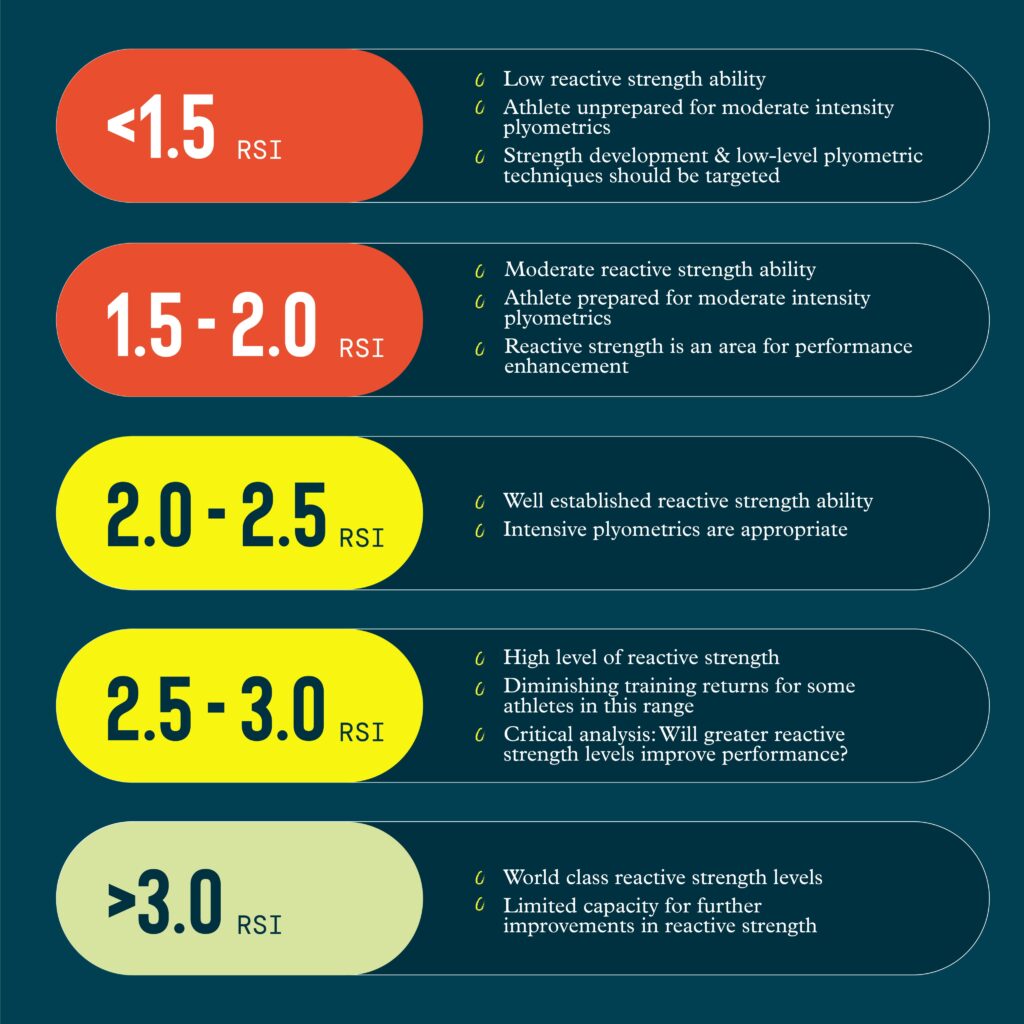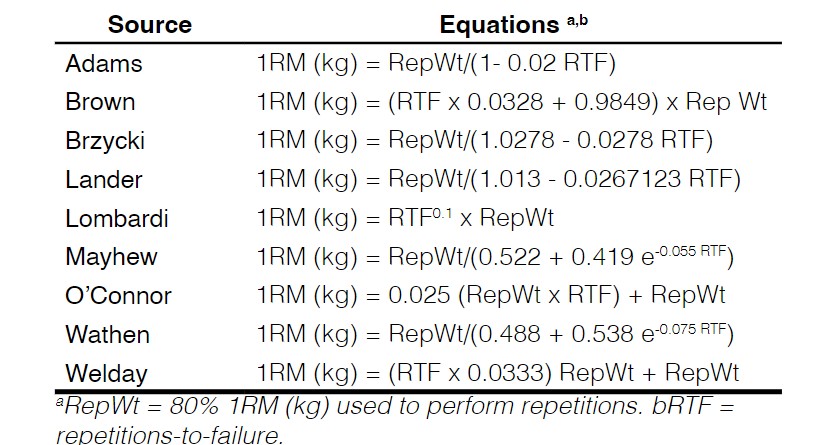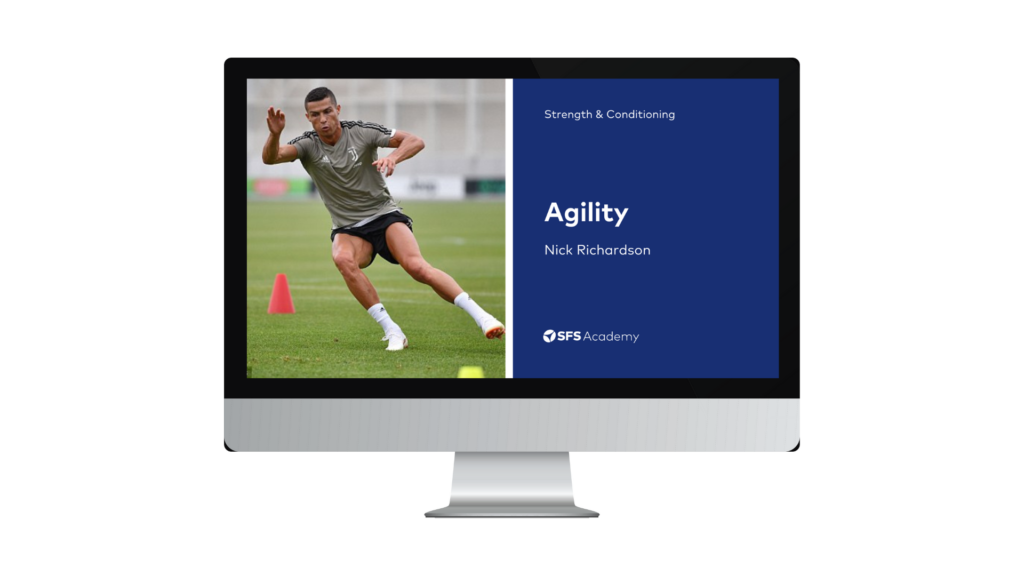This week in the world of sports science, here’s what happened…
- The big data arms race in football
- Eamonn Flanagan’s male and female RSI thresholds
- Are 1RM predictive equations accurate?
The big data arms race in football

A YouTube video produced by the Financial Times focusing on the escalating competition related to big data in football has drawn significant attention in recent weeks. This video offers valuable insights into the pivotal role that data now plays across various tiers of football, from grassroots to professional levels.
The video commences by providing an insider’s view of AI.IO, an Artificial Intelligence sports science company, which employs data to assist football clubs in player recruitment. The company meticulously gathers and evaluates data concerning football skills and athletic abilities, providing football teams with objective information to aid in player scouting. Paul Jenkins, Director of Football Development at Burnley F.C., emphasises the immense value of objective data. However, he believes that it should serve as an aid to, rather than a replacement for, traditional football scouting methods.
Jenkins further explains how Burnley F.C.’s youth academy uses data from AI.IO to enhance player development. Individual player assessments and data analysis conducted by AI.IO are used to create tailored player development plans based on the gathered data, with the goal of improving long-term player development.
The video then delves into the growing significance of big data in the football transfer market. With football clubs facing stricter financial constraints, the efficacy of player transfers is under heightened scrutiny. Ian Graham, former Director of Research at Liverpool F.C. during their 2021 Premier League triumph, underscores the instrumental role played by big data in their successful season. Graham chats about the player benchmarking and data tracking methodologies he utilised at Liverpool to facilitate more informed transfer decisions.
If you are interested in how increasingly important data is becoming in football, this video is definitely worth checking out. Here at Science for Sport, we are fully aware of just how important data analytics is becoming. In response, we are going to be launching our Certified Sports Data Analyst certification! Click here to join the waitlist.
Eamonn Flanagan’s male and female RSI thresholds

Eamonn Flanagan, a renowned Irish strength and conditioning coach and sport scientist, has been a regular feature on SFS Weekly. His recent posts on the Reactive Strength Index (RSI) on X have attracted substantial attention, amassing over 80,000 views within a week!
RSI is calculated by dividing jump height by contact time. It helps assess an athlete’s ability to use the stretch-shortening cycle. Flanagan has created gender-specific charts that outline RSI performance thresholds. The female chart has five thresholds ranging from <1.3 RSI to >2.3 RSI, while the male chart has thresholds ranging from <1.5 RSI to >3.0 RSI.
After obtaining an RSI score, comparing it with Flanagan’s chart thresholds can help evaluate an athlete’s reactive strength ability. This can guide the determination of suitable plyometric exercise intensities. These charts are essential tools for optimising an athlete’s RSI.
We recommend checking out Flanagan’s posts for males [here] and females [here]. You can also learn more about RSI in our introduction video [here] and use our FREE RSI calculator [here].
Are 1RM predictive equations accurate?

It is often more time-efficient and safer to employ predictive One-Repetition Maximum (1RM) equations rather than conducting an actual 1RM test. Multiple predictive equations are currently available, and a recent notable study undertook an assessment of the accuracy of nine common predictive equations (see image above).
The study encompassed 62 women and 57 men who engaged in a 16-week resistance training program. Preceding and following the program, the participants underwent a 1RM test on a squat, bench press, and arm curl. Additionally, participants were subjected to testing on the maximum number of repetitions achievable for the squat, bench press, and arm curl, at 80% of their 1RM score.
The outcomes of the study were generally encouraging for the application of predictive equations in predicting 1RM for the squat, bench press, and arm curl for both men and women, before and after a resistance training period. Nevertheless, notable findings emerged. For men, the Lombardi equation emerged as the most accurate for predicting 1RM in the squat and bench press, yielding results akin to the actual 1RM in both pre-and post-resistance training. Conversely, for women, the Brown, Brzyski, and Lander equations yielded similar 1RM scores to the actual values for the squat and bench press, but not for the arm curl test.
The researchers advocate for the usefulness of predictive equations in estimating 1RM when a direct measure is not logistically feasible. Nonetheless, they emphasise the substantial variances in the accuracy of the various equations. Therefore, they advise to directly measure 1RM where possible.
From us this week:
>> New course: Energy Balance
>> New podcast: Optimise Training Transfer For Maximal On-Pitch Performance
>> New infographic: Vetting Portable Options For Testing Jump Height
>> New article: Hydrotherapy
Access to a growing library of sports science courses
SFS Academy is an all-access membership to premium sports science education.
With SFS Academy, you’ll learn from some of the best coaches around the world as they teach you how to apply the latest research and practice with your athletes.




